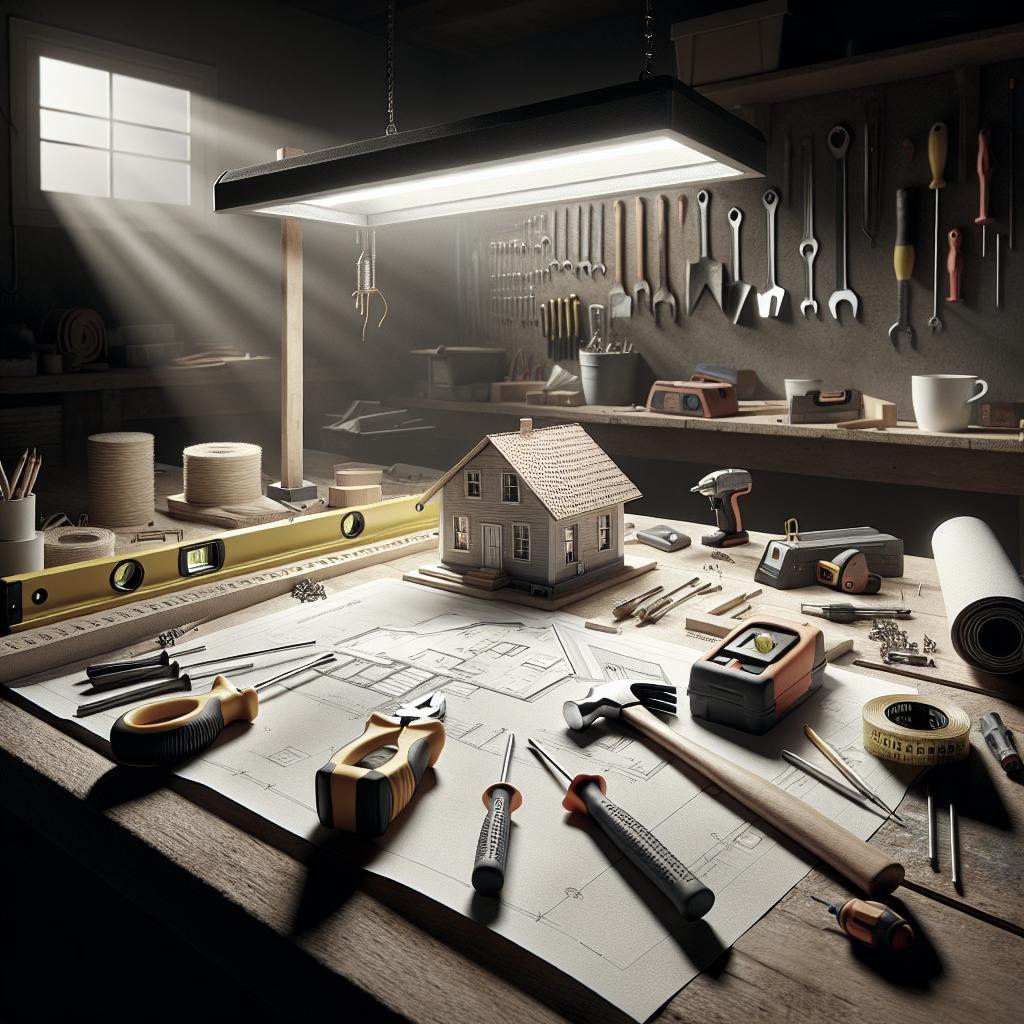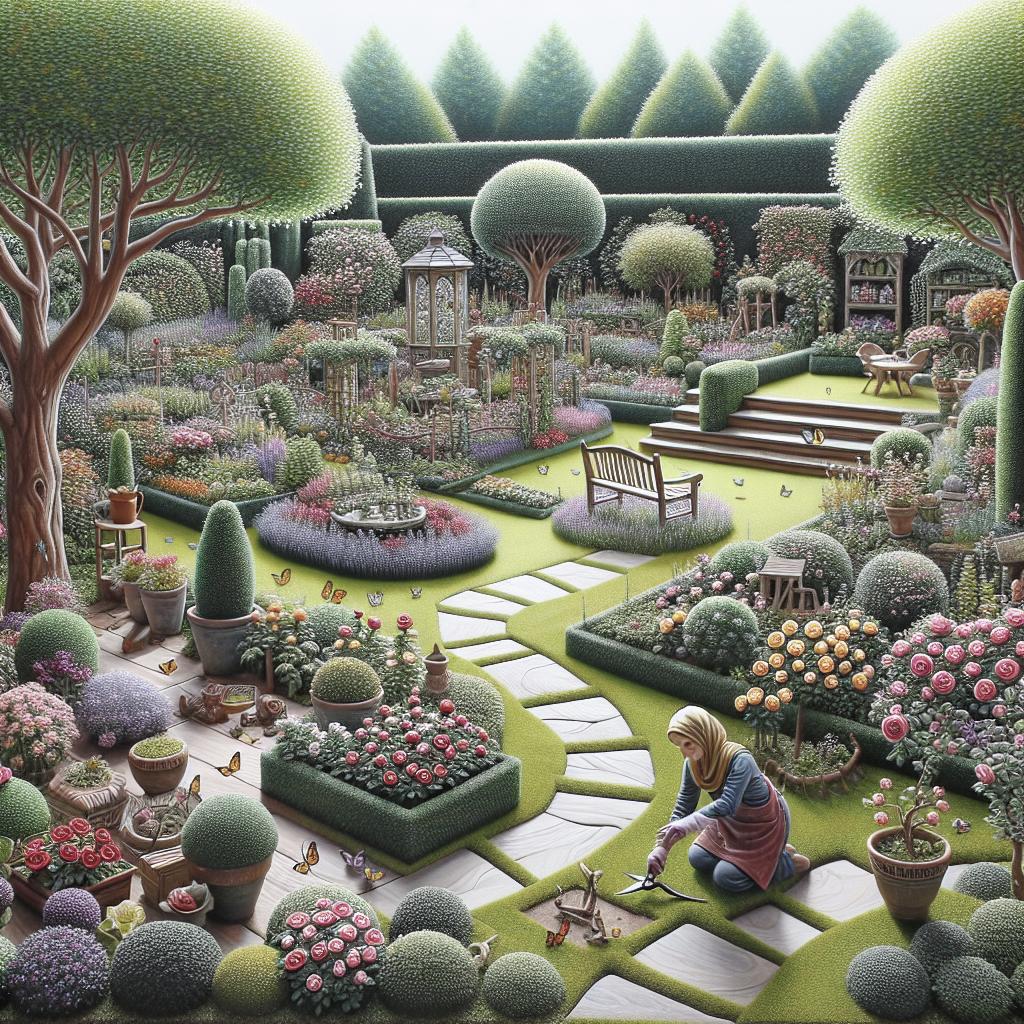Timeless Charm: How to Refresh Your Space with Vintage Finds
Incorporating Vintage Pieces at Home Incorporating Vintage Pieces at Home Incorporating vintage pieces into your home decor can unveil a […]
Timeless Charm: How to Refresh Your Space with Vintage Finds Read Post »









